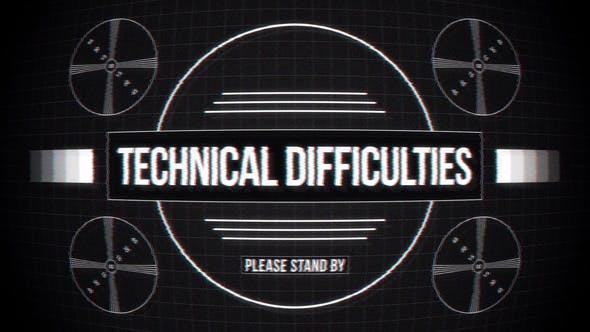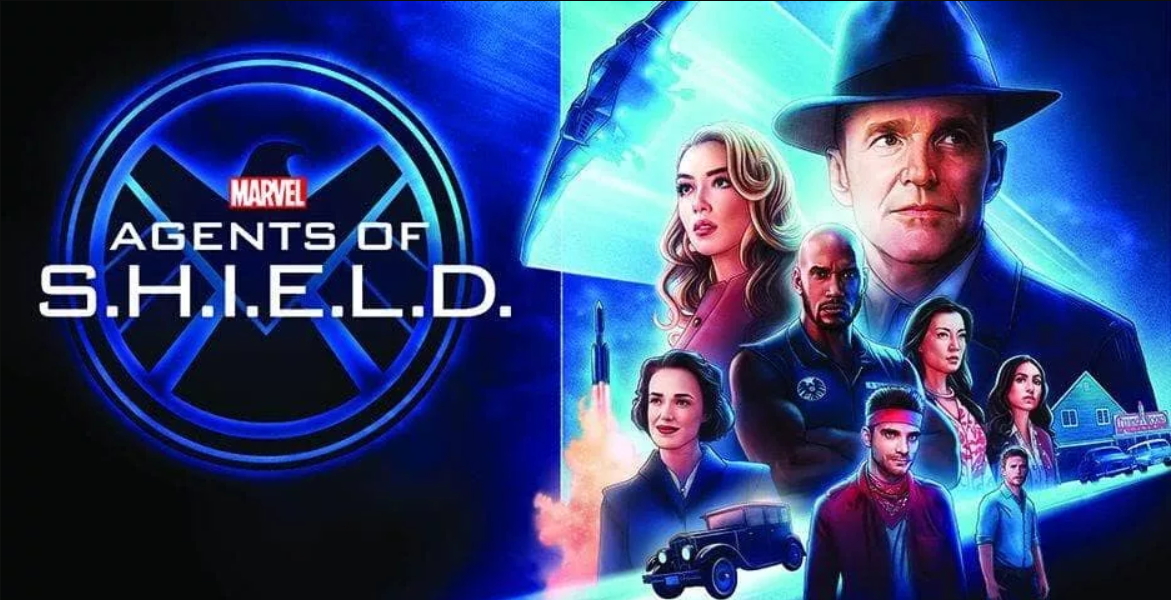So when last we left the dance between Oscar winners and the top earners, Commerce had blown up and left Art in the distance. The Oscars fell back into biopics, with four out of ten winners being biopics, also Amadeus which doesn’t count, and audiences started saying “Yeah, you do you, Oscars” and ignoring them.
Now this had two effects, from what I can tell. First off… art movies kind of… receded? For half the decade (off and on), the Oscars seem to be once again leaning towards crowd-pleasers over what was becoming their usual arthouse fare. Was this a conscious choice, or was it that the only people leaning into High Art were Merchant Ivory? (Merchant Ivory, purveyors of languid period romances, were in full swing this decade but never sealed the deal at the ceremony and were never big money films so we don’t discuss them much.) There definitely seem to be some years where, even at the time, I thought “Wow, not a big year for for art movies if these are the nominees.”
But then some studios had themselves an idea.
Sure their Oscar fare might not play well in the summer or against the big November/December tentpoles, nothing plays well in September, and if you release them too early in the year then people forget about them come nomination time… but here’s the thing. There’s a loophole. To be eligible for Oscar nominations, you only need to play a limited time in a limited amount of theatres by the year’s end. So you do a week in LA, maybe New York, open wide in January when nothing’s happening, get yourself a Best Picture nomination and scoop up an extra $10 million or so when the buzz hits.
And so begins Oscar Season. The time of year when studios who want some prestige, in addition to a multi-film action/comedy tentpole franchise starring Dwayne “The Rock” Johnson*, toss out some Great Man Biopics with flashy lead actor performances or classic literary adaptations or films that played well enough at festivals to warrant a “For Your Consideration” campaign.
(*I kid, I also some Dwayne Johnson.)
(Not that all studios are choosy about what movies got FYC campaigns, The Bone Collector got a FYC campaign, and you couldn’t tell me one detail about what that movie’s about if I paid you.)
(I will not pay you, I’m aware you’re on the internet right now.)
And where loopholes exist, monsters arise to take advantage. If prestige and money can go hand-in-hand again… well. The Golden Globes are easily swayed by shiny things and schmoozing with big casts (explain how The Tourist got a Best Musical/Comedy nomination otherwise, Hollywood Foreign Press, the few positive reviews were embarrassed about it), and enough money and pressure can get you on that Best Picture list at the Oscars.
A perfect situation for somebody trying to be an Old School Studio Head like Louis B. Mayer.
Exactly like Louis B. Mayer.
Right down to getting handsy or worse with your female talent.
Miramax Films was an incredibly influential studio through the 90s. Bought by Disney in 1993, they gave platforms to young, experimental, eventually heavily influential filmmakers: Kevin Smith, Robert Rodriguez, Stephen Chow, and one Quentin Tarantino. Miramax helped Peter Jackson get Lord of the Rings into production.
It was also run by an absolute monster named Harvey Weinstein, whose crimes were numerous and Hollywood’s worst kept secret, yet it took decades for him to be brought down, and now hopefully he’ll stay in prison and away from actresses until he’s too old to hurt anyone.
Sadly we will have to come back to Harvey sooner rather than later. But let’s see what we can get through before then.
Our new game? The 90s are where the Oscars fell back into some legendarily bad calls. So we’ll be asking what the real best picture was, or what should have taken the box office crown. (No decade owns bad choices by audiences, that is forever.)
(I’ll give the 90s this, at least the Domestic/International Box Office Champs sync up more than they don’t. I’m gonna miss that moving forward.)
Next Page: White saviours, alive and otherwise






